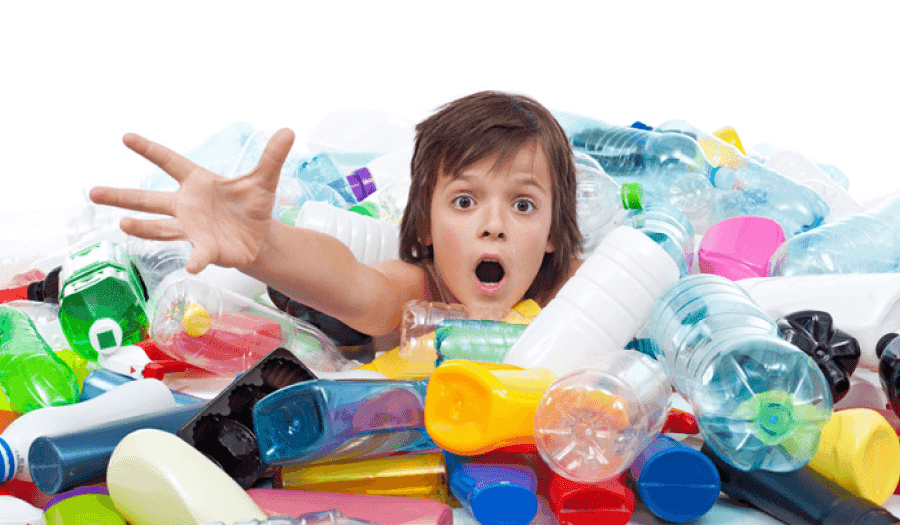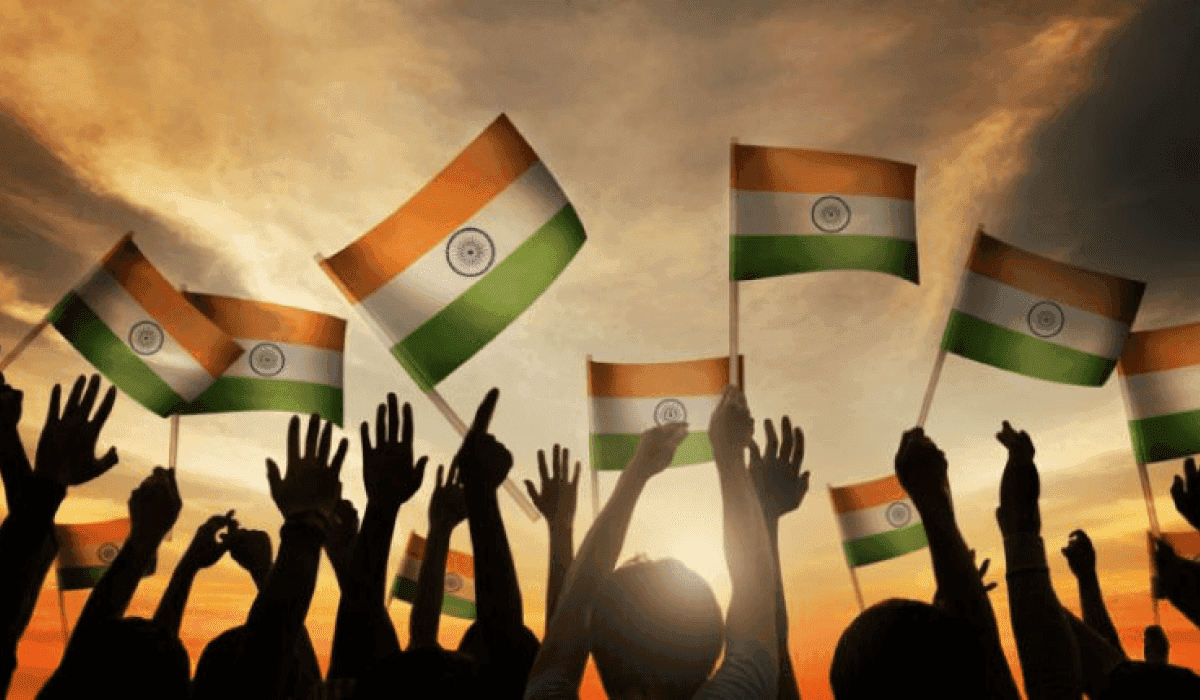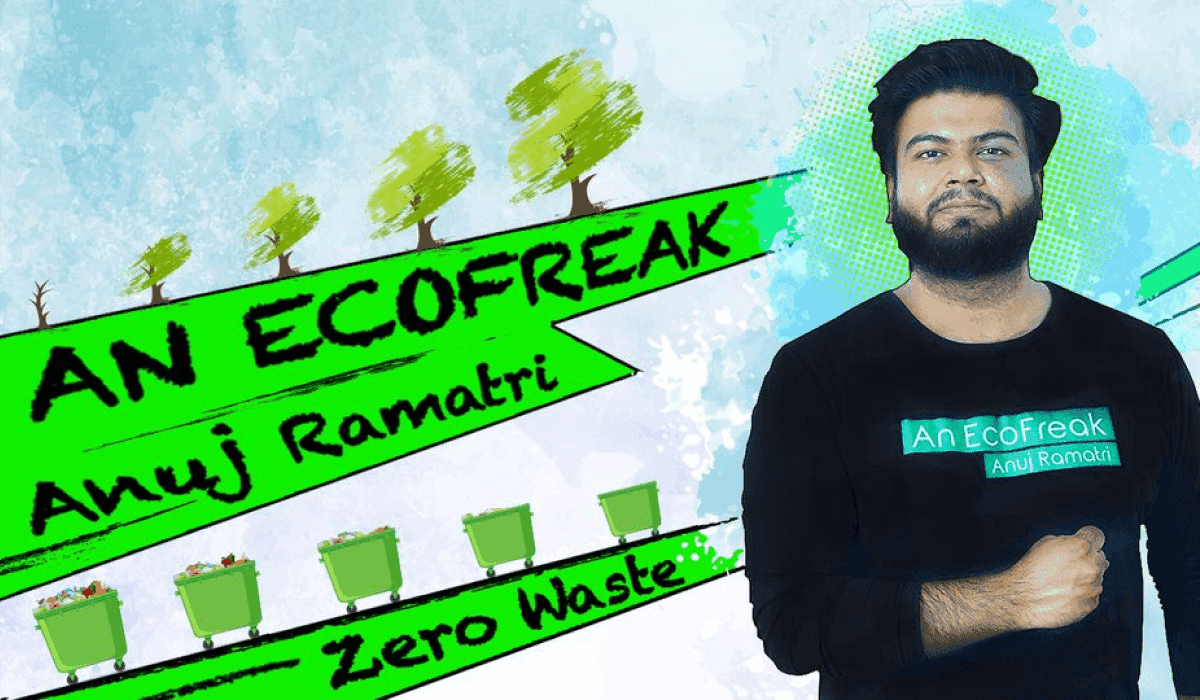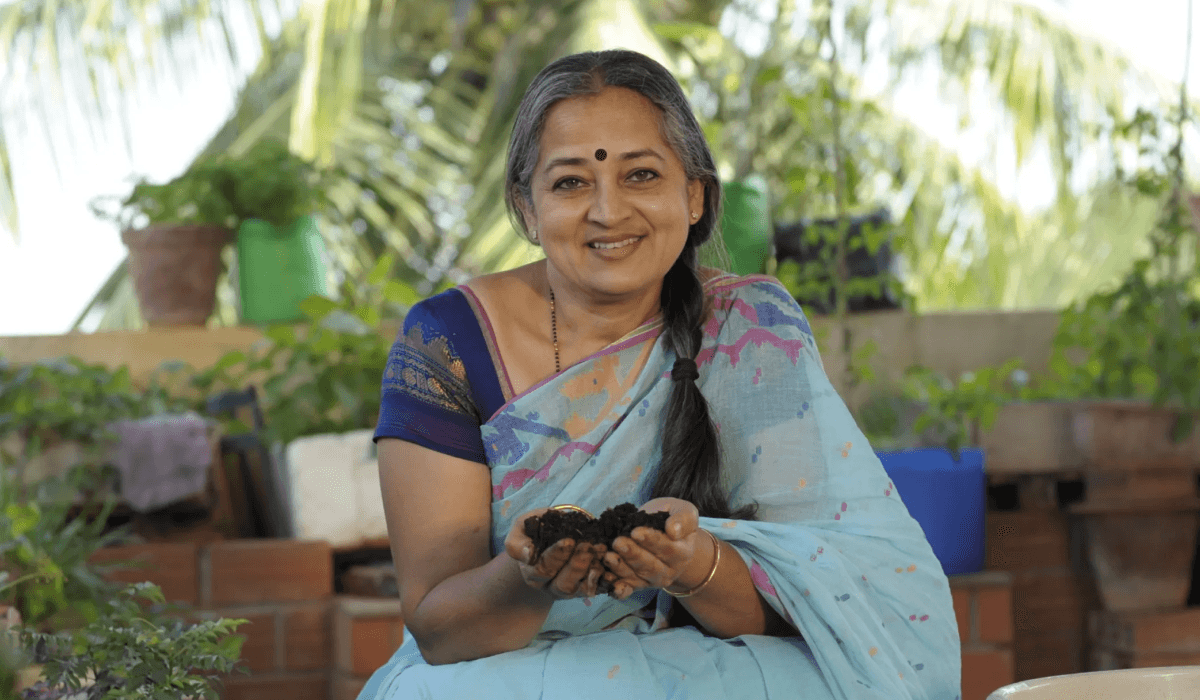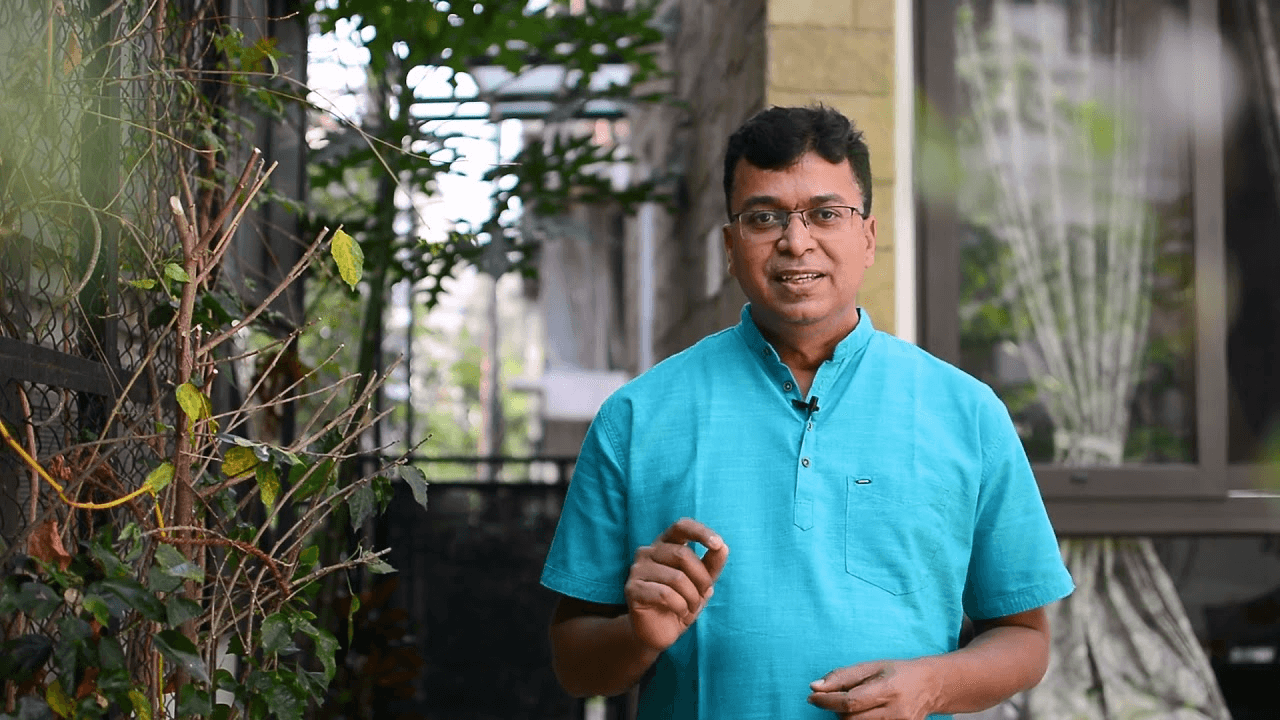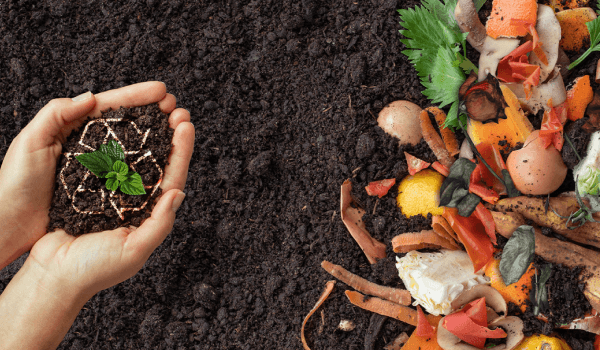12 hours ago

Tweet

Share

Share
Why green living is essential in today's world
I love the earth. And I mean that in a literal sense. I'm an avid gardener, among other things. But there's something else that makes me love our environment so much: it's green living. It's about taking care of yourself and your surroundings, which together make up everything we have—and need—to live in harmony with Mother Nature.
Climate change.
Global warming is real, and it's caused by humans. It's a threat to all life on earth.
Global warming is caused by burning fossil fuels like oil, coal and natural gas that release greenhouse gases into the atmosphere. As these gases accumulate in the atmosphere they trap heat from sunlight and cause temperatures to rise. The result? More frequent extreme weather events such as heat waves or hurricanes—and many more people being forced out of their homes because they can no longer afford water or electricity bills (or both).
Toxic pollution.
There are many ways to be green. The most obvious way is by using less energy and resources, but there's more to it than that: having a healthier lifestyle can also make you feel better, help fight cancer and other diseases, and save money in the long run. It all comes down to reducing your carbon footprint—the amount of CO2 emissions produced by human activity like driving cars or heating homes with electricity—by choosing greener options over traditional ones. You might be surprised at how much this will improve your life!
Plastics in the ocean (and our drinking water).
Plastics are a big problem in the ocean. In fact, there are so many plastics floating in our oceans that it's estimated that there’s over 58 million tons of plastic debris in the world’s waters. And this isn't just an issue for marine life — it's also harming humans at sea, too! A recent study found that one-third of seabirds have eaten plastic, which can cause digestive problems and even death when consumed by birds with weak immune systems like albatrosses and pelicans.
Plastic pollution is also affecting our drinking water around the world. Plastic doesn't biodegrade; instead it breaks down into smaller pieces called microplastics (they're smaller than 10 millimeters). When these microplastics enter waterways or lakes they can choke fish eggs or other aquatic life forms with their solid weight until they die off or become food for larger predators like turtles or sharks who eat them whole - which has happened often enough already!
Water scarcity.
Water scarcity is a global problem that's getting worse with time. The world's population is expected to grow from 7.5 billion today to 9.7 billion by 2050, and the majority of this growth will occur in developing countries where access to clean water remains limited or non-existent—and where climate change is making matters even more dire for those who lack resources for adequate hygiene practices such as bathing or washing dishes with soap products that don't use chemicals like chlorine (which can damage their health).
In addition, many people still rely on traditional methods of collecting rainwater from roofs or gutters instead of purchasing bottled water at grocery stores because they don't trust these types of municipal supplies; however this practice only exacerbates issues around contamination since there isn't any real oversight involved when it comes down how much contaminated water gets released into our environment each day through sewer systems or storm drains during heavy rainfall events like Hurricane Harvey which caused widespread flooding throughout Texas last year."
Deforestation.
Deforestation is the permanent destruction of forests. It can be caused by a number of factors, including logging and agriculture. The former is associated with deforestation because it's usually done without regard for the future consequences; while agriculture may not directly cause climate change, it does contribute to soil erosion and other problems that exacerbate it.
The result of this loss? A release of carbon dioxide into our atmosphere, which causes global warming. And while there are many ways you can help reduce your personal impact on this issue (for example: turning off lights at night), there are also some things you can do as an individual concerned about climate change—and these all start with getting involved locally!
Soil degradation.
Soil degradation is a serious problem, and one that we can't ignore. It's the foundation of all life on earth and has been for millions of years. Soil degradation is caused by erosion, pollution, and overuse—all things that are happening more often than they used to thanks to climate change.
Soil degradation affects everything from your food supply to how clean air looks around you when you're walking outside (and even how much water there will be in your tap). The result? A lot of people are getting sicker because their food isn't as nutritious as it could be or they're breathing in polluted air at work or home every day instead of enjoying fresh air while they sleep.
People need to go green for the sake of the earth.
You may be thinking, “Isn’t green living just a fad? I don’t have time for that!” But the truth is, you can live a more sustainable lifestyle without sacrificing your life or sanity. If you want to save money and reduce your carbon footprint, then green living is essential in today's world.
Here are some reasons why:
- Saving money on energy costs (if you're not already doing so)
- Reducing waste by recycling or composting instead of throwing things away (and making sure no one else does either)
Conclusion
As you can see, there are many reasons why green living is so important. We need to move away from our consumerist habits and start caring about the earth as much as we care about ourselves. If not for our sake then for the sake of future generations who will inherit a world full of pollution and destruction












